Silver and Nickel in Ear Wires
Question:
When making my earrings I had ordered Sterling Silver ear wires and lo and behold, they made everyone's ears turn red and itch! Mine too! So in making my ear wires myself, which is better, surgical steel or stainless steel? And is there any way I can incorporate this wire into my pendant and jewelry designs?
-Ellen in Fayetteville, West Virginia
When making my earrings I had ordered Sterling Silver ear wires and lo and behold, they made everyone's ears turn red and itch! Mine too! So in making my ear wires myself, which is better, surgical steel or stainless steel? And is there any way I can incorporate this wire into my pendant and jewelry designs?
-Ellen in Fayetteville, West Virginia
Instructions
Answer:
Humm, if the "sterling silver" ear wires you purchased cause an allergic reaction in absolutely everyone's skin, it sounds like they were mislabeled. Sterling silver is labeled .925 and contains 92.5% pure silver to which (usually) 7.5% copper is added as the alloy that makes it hard enough to work with. Unfortunately copper causes allergic reactions for some people.
Ear wires that are silver plated may also be the culprits, as plated wire consists of a thin layer or "wash" of silver over a base metal that may be nickel. Believe it or not, both stainless and surgical steel, used to make jewelry, also contain a small amount of nickel (8%). For these folks, it is best to use a product that is described as "nickel free" (which unfortunately still contains a tiny bit of nickel, but not more than .05%).
An alternative to all of this was thought to be Niobium, however as more people are using this metal for body piercings, allergic reactions are being found as well. To find stainless steel ear wires, or niobium ear wires, do an Internet search using those exact words.
As far as using steel for pendant and other jewelry designs, sure!
Answer contributed by Dale "Cougar" Armstrong
Humm, if the "sterling silver" ear wires you purchased cause an allergic reaction in absolutely everyone's skin, it sounds like they were mislabeled. Sterling silver is labeled .925 and contains 92.5% pure silver to which (usually) 7.5% copper is added as the alloy that makes it hard enough to work with. Unfortunately copper causes allergic reactions for some people.
Ear wires that are silver plated may also be the culprits, as plated wire consists of a thin layer or "wash" of silver over a base metal that may be nickel. Believe it or not, both stainless and surgical steel, used to make jewelry, also contain a small amount of nickel (8%). For these folks, it is best to use a product that is described as "nickel free" (which unfortunately still contains a tiny bit of nickel, but not more than .05%).
An alternative to all of this was thought to be Niobium, however as more people are using this metal for body piercings, allergic reactions are being found as well. To find stainless steel ear wires, or niobium ear wires, do an Internet search using those exact words.
As far as using steel for pendant and other jewelry designs, sure!
Answer contributed by Dale "Cougar" Armstrong
Materials

Gold Filled Earring Components

Sterling Silver Earring Components
Tools
No tools listed
- Category: Findings
- Technique(s): Making Findings
















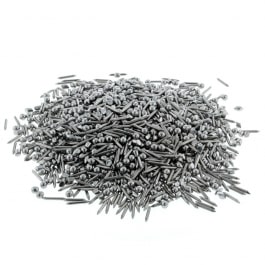





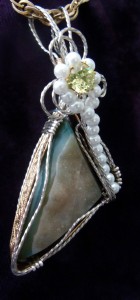

 Wire Jewelry to Make as You Sell
Wire Jewelry to Make as You Sell All About Soft Wire
All About Soft Wire Chain Lavaliere
Chain Lavaliere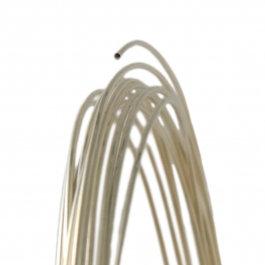 Wire Metal Substitutions
Wire Metal Substitutions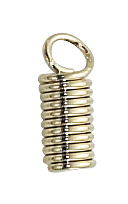 Glue for Finishing Cords
Glue for Finishing Cords My Fingers Hurt
My Fingers Hurt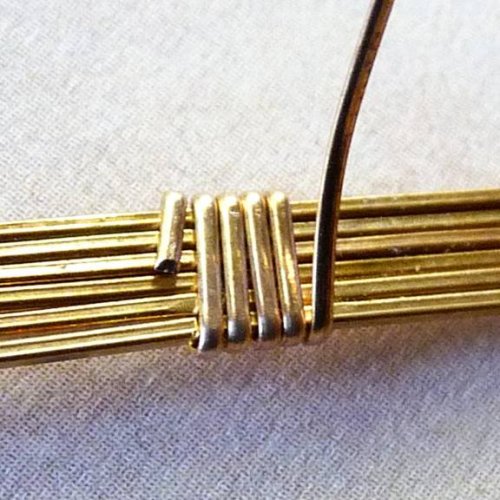 Taming the Wild Wire Bundle
Taming the Wild Wire Bundle Making Matching Freeform Earrings
Making Matching Freeform Earrings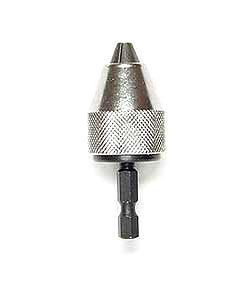 What is My Wire's Circumference
What is My Wire's Circumference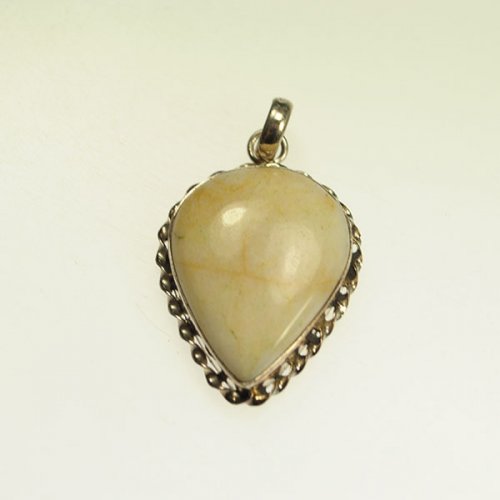 Testing True Ivory
Testing True Ivory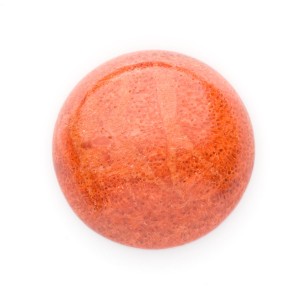 Is My Coral Real
Is My Coral Real Wrapping Tiny Cabs
Wrapping Tiny Cabs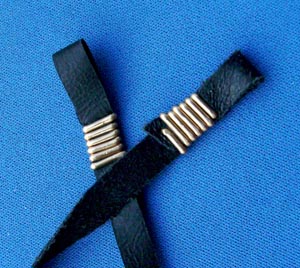 Finished Leather Cord
Finished Leather Cord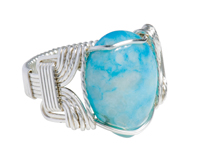 Prevent Scratches on Cabochons
Prevent Scratches on Cabochons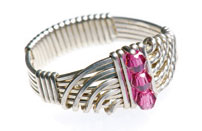 Crystal Wave Ring Finishing Tips
Crystal Wave Ring Finishing Tips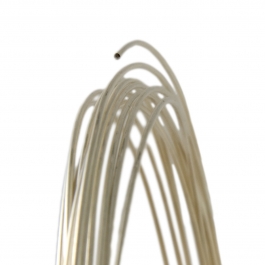 Purity and Sensitivity with Argentium Silver
Purity and Sensitivity with Argentium Silver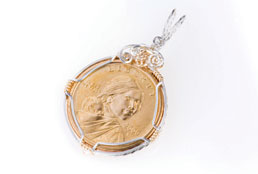 Wrapping Coins for Jewelry
Wrapping Coins for Jewelry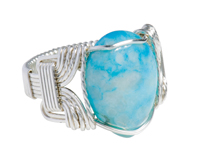 Wrapping a Large Pearl Ring
Wrapping a Large Pearl Ring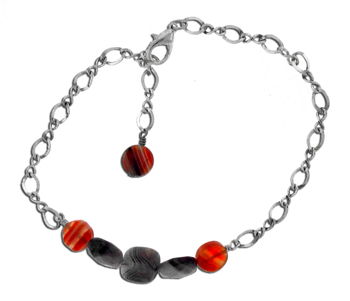 Perfect Chain for Wire Jewelry
Perfect Chain for Wire Jewelry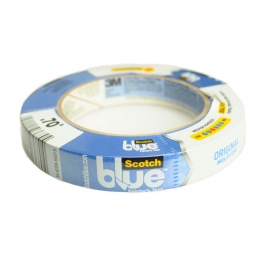 How Do I Keep Square Wire From Twisting When Wrapping
How Do I Keep Square Wire From Twisting When Wrapping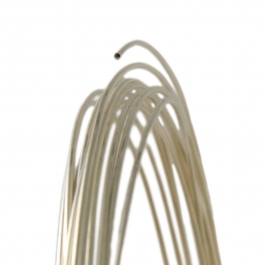 Wire Temper by Number
Wire Temper by Number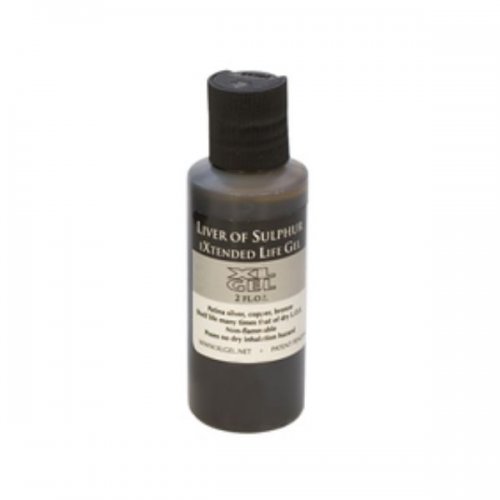 Will Liver of Sulfur Harm Lampwork Beads
Will Liver of Sulfur Harm Lampwork Beads Forging Copper Wire
Forging Copper Wire Insurance for Art and Craft Shows
Insurance for Art and Craft Shows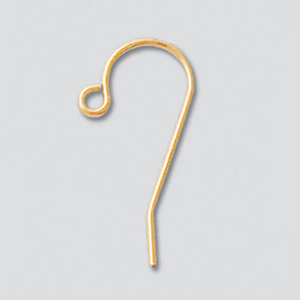 Wire Temper for Ear Pins
Wire Temper for Ear Pins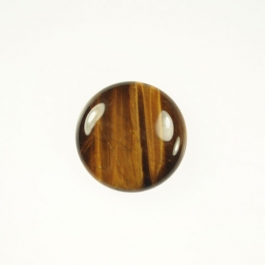 Wire Size for Wrapping a Cabochon
Wire Size for Wrapping a Cabochon Can I Use the Copper Wire From Electrical Wire
Can I Use the Copper Wire From Electrical Wire Wire Jewelry for a Home Party
Wire Jewelry for a Home Party What is a Juried Craft Show
What is a Juried Craft Show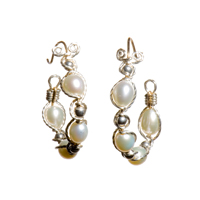 Wire Wrap Ideas for Beginners
Wire Wrap Ideas for Beginners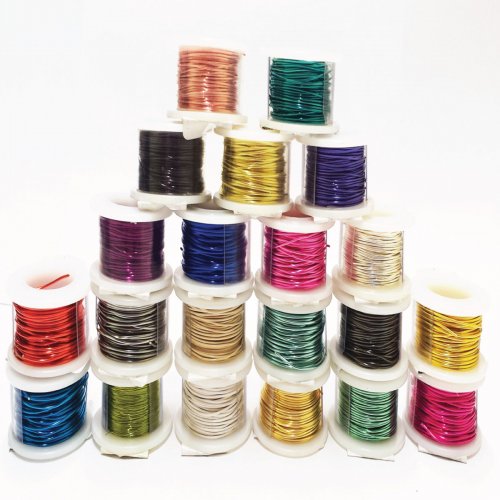 What is the Difference Between Different Plated Jewelry
What is the Difference Between Different Plated Jewelry Wrapping Pearls onto a Hair Grip
Wrapping Pearls onto a Hair Grip Formulas for Pricing Jewelry and Selling Jewelry- Boutique Markup
Formulas for Pricing Jewelry and Selling Jewelry- Boutique Markup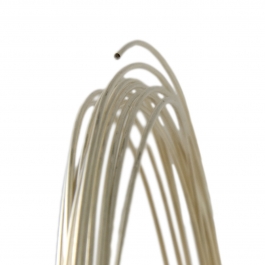 White Gold in Wire Jewelry
White Gold in Wire Jewelry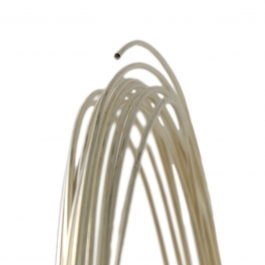 What is White Gold
What is White Gold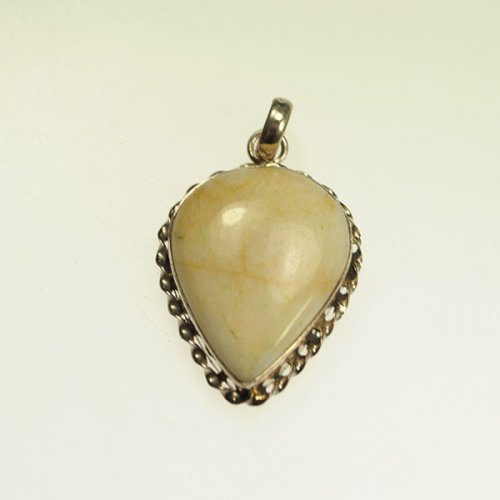 How to Clean and Repair Ivory Jewelry
How to Clean and Repair Ivory Jewelry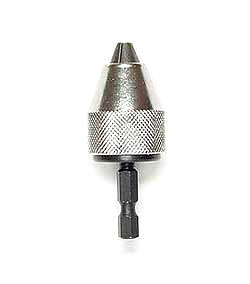 Twisted Wire Tips
Twisted Wire Tips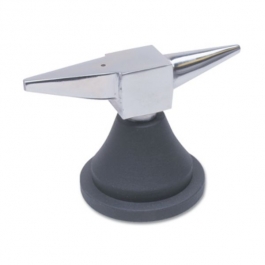 Forging Wire
Forging Wire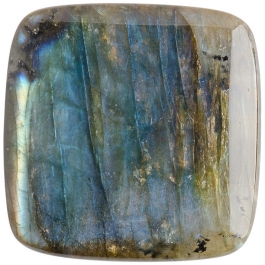 Gemstone Ratings Explained
Gemstone Ratings Explained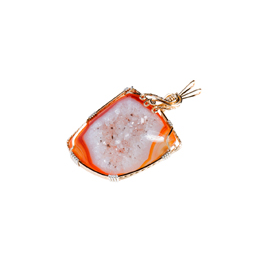 Finishing a Cabochon Frame
Finishing a Cabochon Frame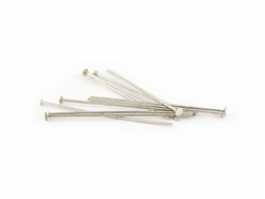 Making Tiny Headpins Larger
Making Tiny Headpins Larger Sorting and Using Scrap Wire
Sorting and Using Scrap Wire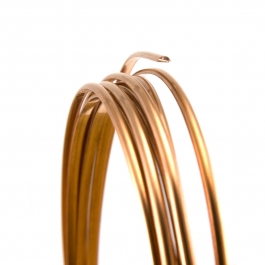 Options for Practice Wire
Options for Practice Wire Help with Pricing Wire Jewelry
Help with Pricing Wire Jewelry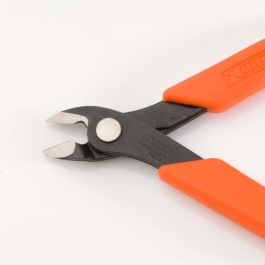 Flush Cutters vs. Side Cutters
Flush Cutters vs. Side Cutters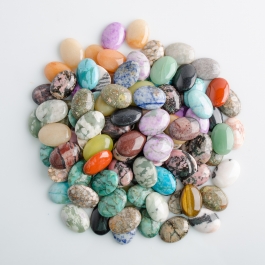 Wrapping Small Gemstones
Wrapping Small Gemstones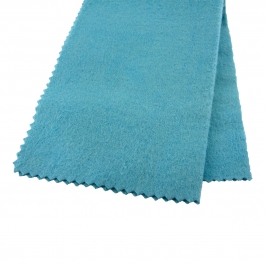 Argentium Silver Care
Argentium Silver Care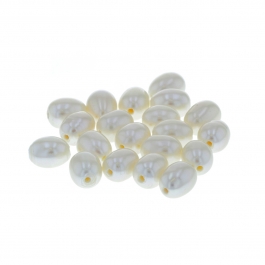 Proper Care of Pearls and Opals
Proper Care of Pearls and Opals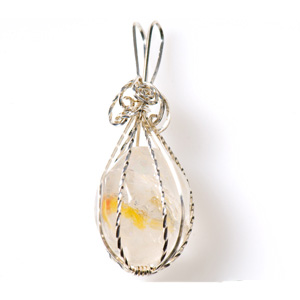 Wire Wrapping Stones with No Holes
Wire Wrapping Stones with No Holes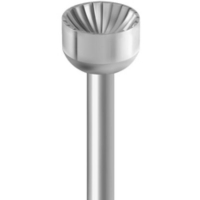 Cup Bur Sizes for Wire Gauges
Cup Bur Sizes for Wire Gauges Learning How to Sell Jewelry
Learning How to Sell Jewelry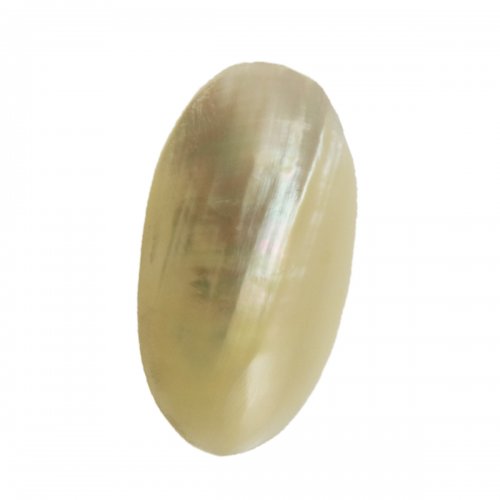 Seashell Jewelry with an Underwater Finish
Seashell Jewelry with an Underwater Finish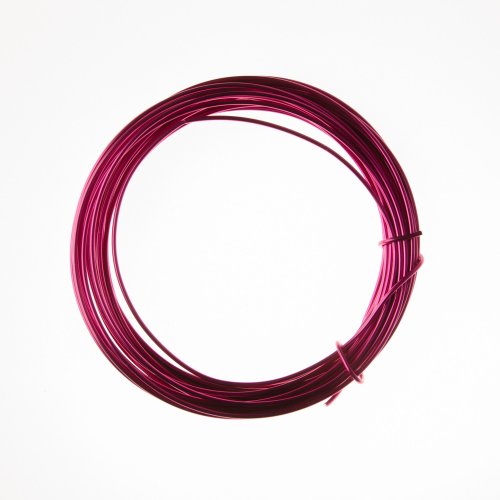 Anodized Aluminum and Chipping
Anodized Aluminum and Chipping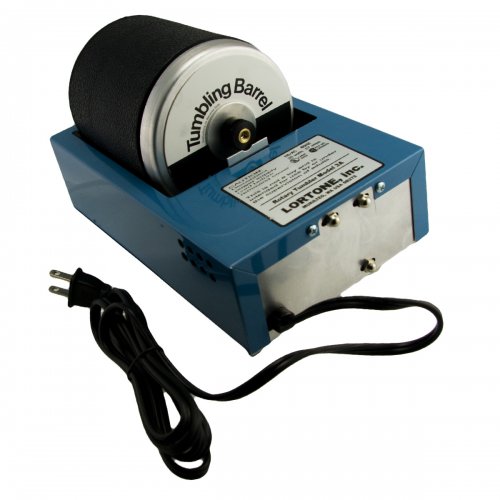 Rock Tumbling 101
Rock Tumbling 101 Home Jewelry Show Inventory
Home Jewelry Show Inventory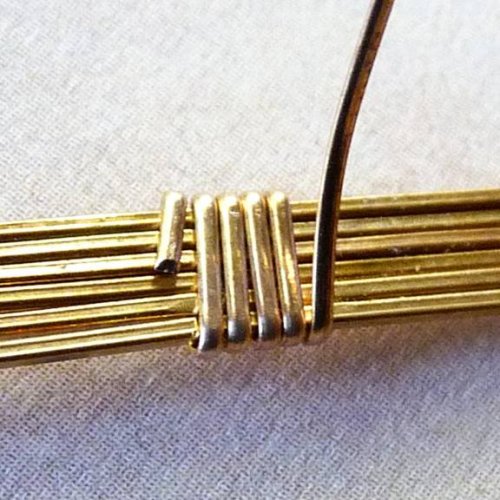 Wire Wrapping Term - To Show
Wire Wrapping Term - To Show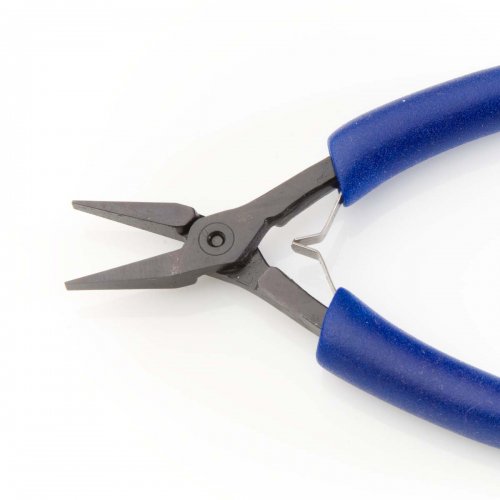 Lindstrom or Swanstrom Pliers
Lindstrom or Swanstrom Pliers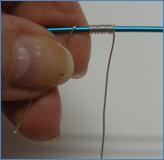 What is Niobium Wire
What is Niobium Wire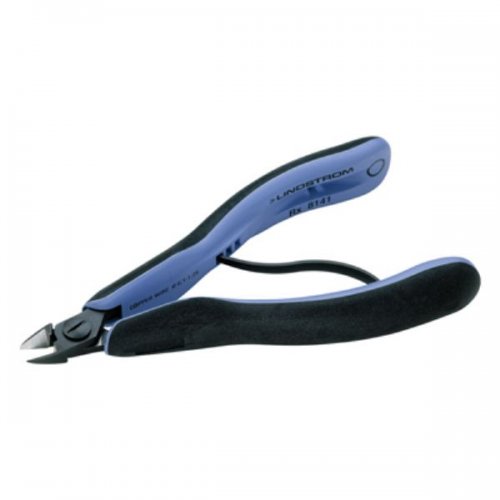 Can Lindstrom Cutters be Repaired
Can Lindstrom Cutters be Repaired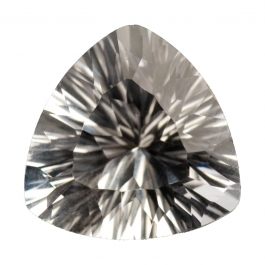 Trillion Ring Designs
Trillion Ring Designs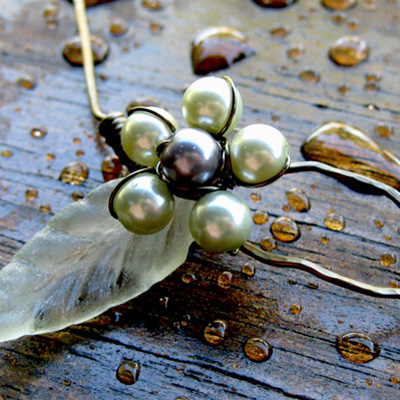 Copper Hat Pins
Copper Hat Pins Making Wire Jewelry from Patterns, and Copyright
Making Wire Jewelry from Patterns, and Copyright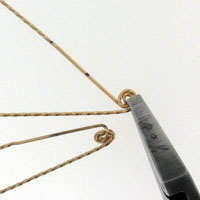 Removing Nicks and Scratches
Removing Nicks and Scratches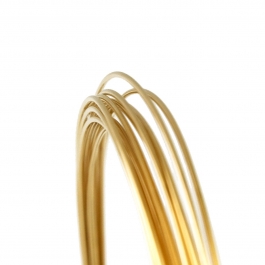 Pricing Jewelry Made with Gold Wire
Pricing Jewelry Made with Gold Wire How to Polish Apache Tears
How to Polish Apache Tears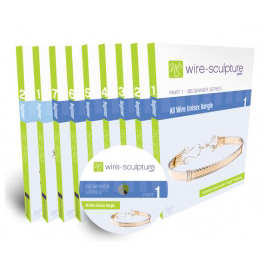 Which Wire Should I Use to Make My First Bracelet
Which Wire Should I Use to Make My First Bracelet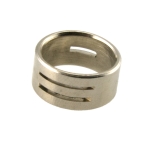 Working with Small Jump Rings
Working with Small Jump Rings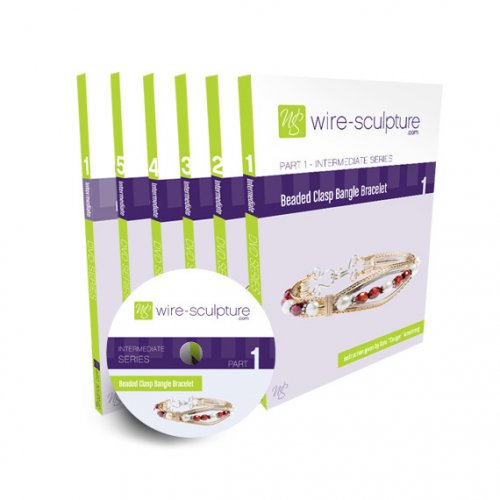 Repairing a Bead Wire
Repairing a Bead Wire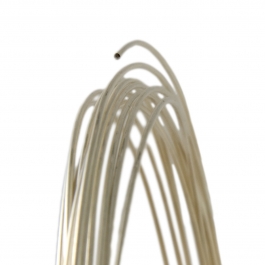 Mixing Sterling Silver and Argentium
Mixing Sterling Silver and Argentium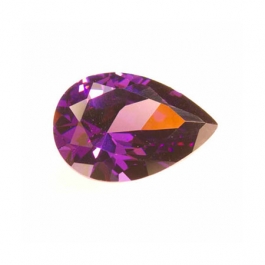 Wrapping a Pear-Shaped Cut Stone
Wrapping a Pear-Shaped Cut Stone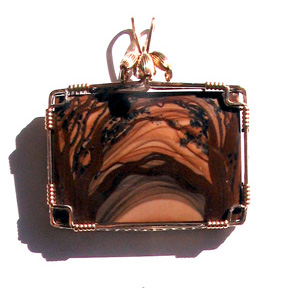 Wrapping a Rectangle Cab
Wrapping a Rectangle Cab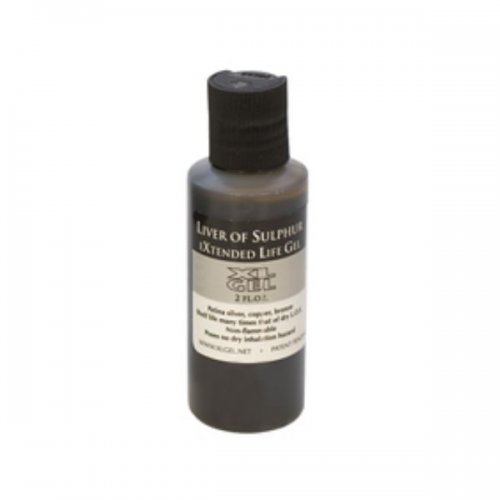 Oxidizing Sterling Silver
Oxidizing Sterling Silver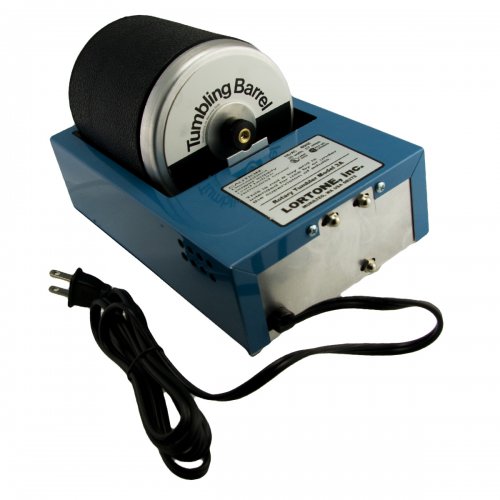 What to Use in Jewelry Tumbler
What to Use in Jewelry Tumbler Wire Gauge for Hoop Earrings
Wire Gauge for Hoop Earrings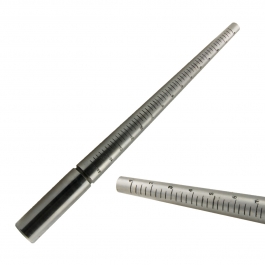 Using a Ring Mandrel
Using a Ring Mandrel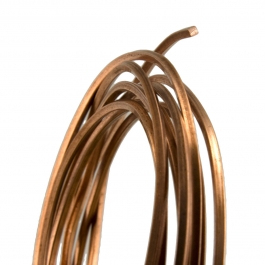 Protecting Copper from Tarnishing
Protecting Copper from Tarnishing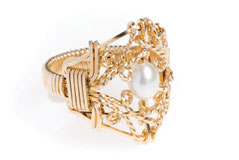 Resizing a Shank with Wire
Resizing a Shank with Wire Setting Stones in Jewelry
Setting Stones in Jewelry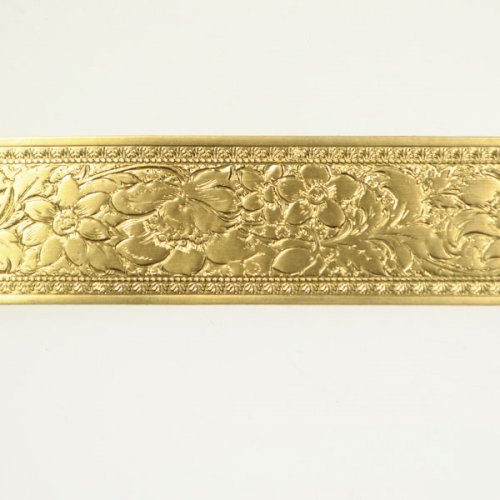 Bending Pattern Wire
Bending Pattern Wire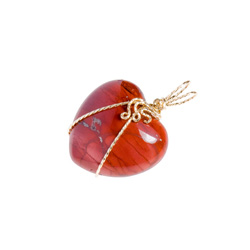 Wire Wrapping Thick Stones with Little Girdles
Wire Wrapping Thick Stones with Little Girdles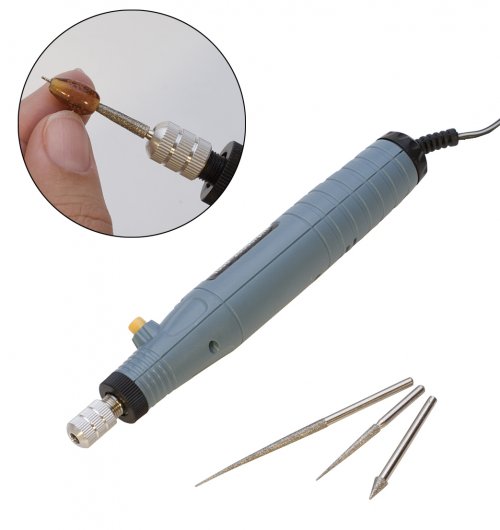 Enlarging Holes in Gemstones
Enlarging Holes in Gemstones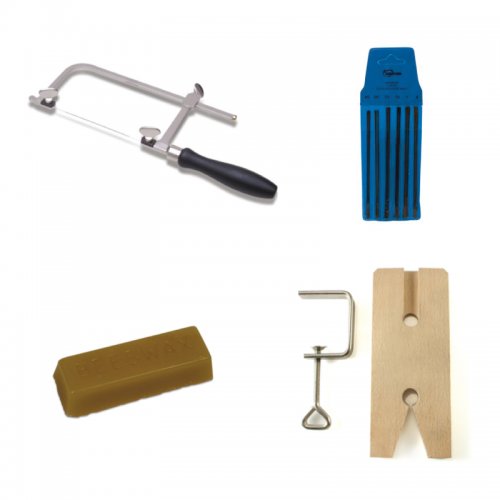 Best Way to Make Jump Rings
Best Way to Make Jump Rings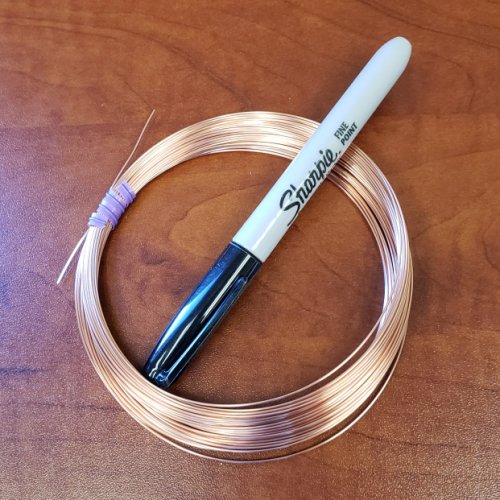 Removing Marker from Jewelry Wire
Removing Marker from Jewelry Wire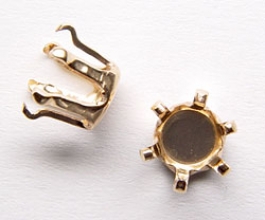 Wire Size for Earrings
Wire Size for Earrings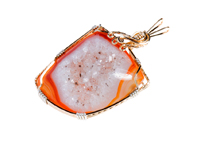 Where to Place Wraps on Free-Form Pieces
Where to Place Wraps on Free-Form Pieces How Do I Find Shows in My Area
How Do I Find Shows in My Area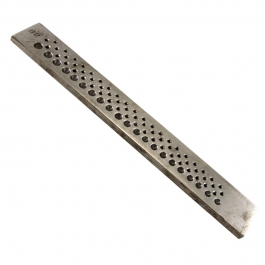 Master Wire Gauges with Draw Plates and Draw Plate Tips
Master Wire Gauges with Draw Plates and Draw Plate Tips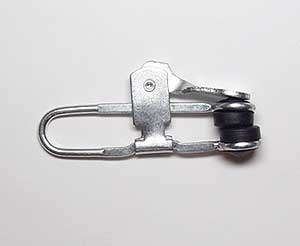 Holding Bundles of Wire Straight
Holding Bundles of Wire Straight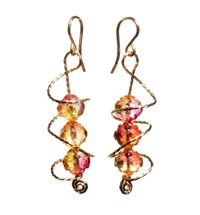 Twisting Wire Evenly
Twisting Wire Evenly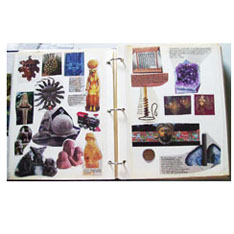 Why Use a Designer's Notebook
Why Use a Designer's Notebook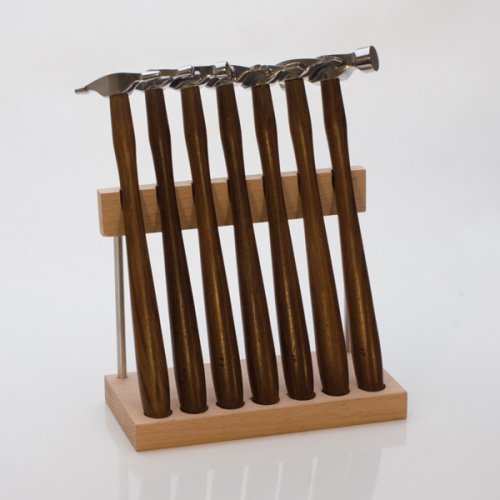 Embossing Hammers and Wire Texture
Embossing Hammers and Wire Texture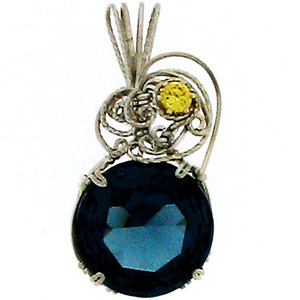 Making a Bracelet with Prong Set Stones
Making a Bracelet with Prong Set Stones What are Cold Connections
What are Cold Connections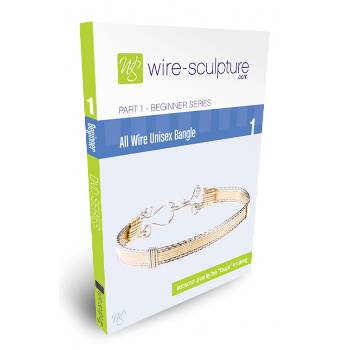 Supply Lists for Wire Jewelry DVDs
Supply Lists for Wire Jewelry DVDs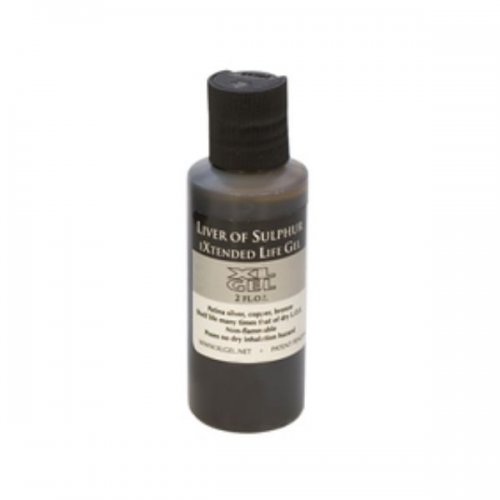 Patina Silver-Plated Wire
Patina Silver-Plated Wire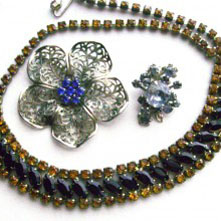 Prevent and Remove Verdigris
Prevent and Remove Verdigris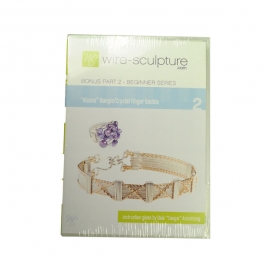 Is Work-Hardened Half Hard Wire, Hard Enough
Is Work-Hardened Half Hard Wire, Hard Enough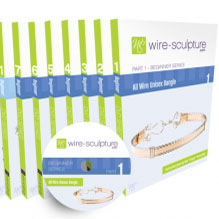 What Are Some Better Selling Beginner Items
What Are Some Better Selling Beginner Items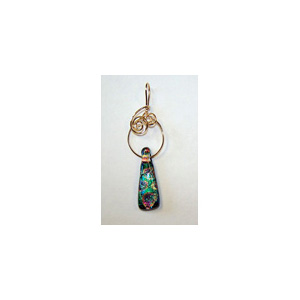 Removing Glue from Dichroic Glass
Removing Glue from Dichroic Glass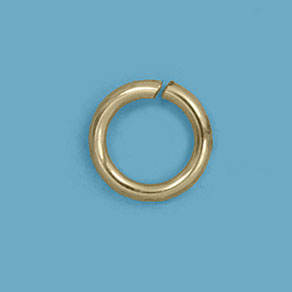 One Jump Ring Gauge to Rule Them All
One Jump Ring Gauge to Rule Them All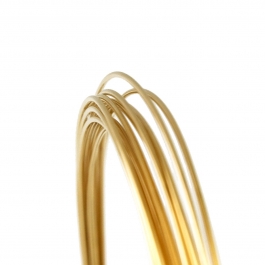 Adjusting Jewelry Prices with the Metal Market
Adjusting Jewelry Prices with the Metal Market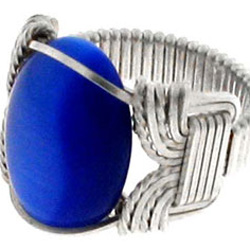 Making Wire Jewelry for Men
Making Wire Jewelry for Men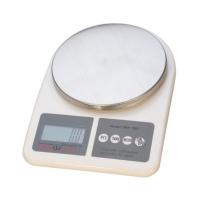 Determining Carat Weight
Determining Carat Weight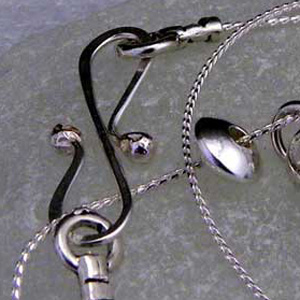 Building on Snake Style Chain
Building on Snake Style Chain How to Keep Stainless Shot Free of Residue
How to Keep Stainless Shot Free of Residue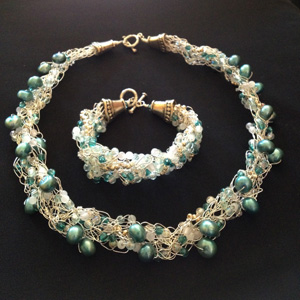 Crochet Wire Designs
Crochet Wire Designs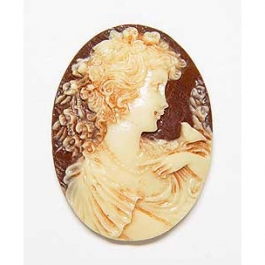 Heating Porcelain Cameos
Heating Porcelain Cameos Storing Your Jewelry
Storing Your Jewelry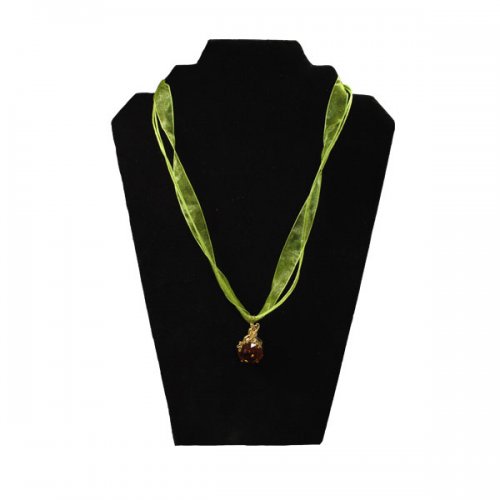 How to Win Awards for Jewelry Design
How to Win Awards for Jewelry Design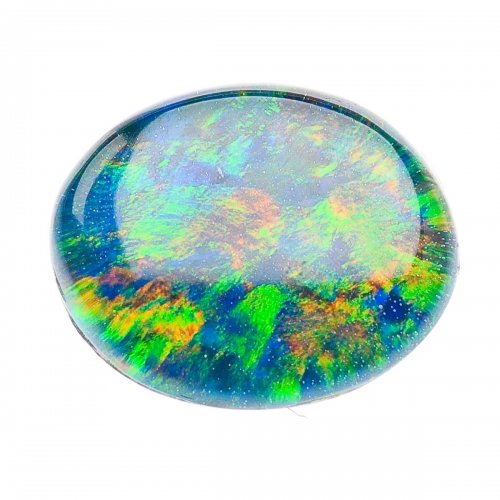 Wrapping Small Stones
Wrapping Small Stones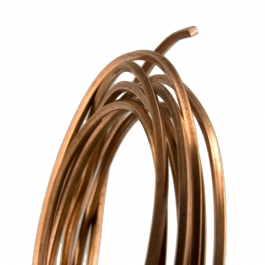 Tips for Working with 18G Wire
Tips for Working with 18G Wire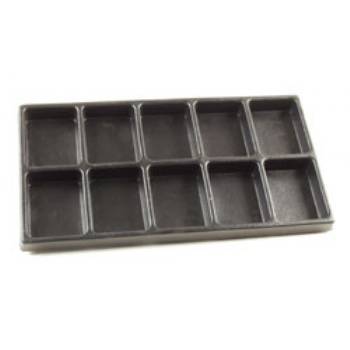 Organizing Beads for Easy Jewelry Making
Organizing Beads for Easy Jewelry Making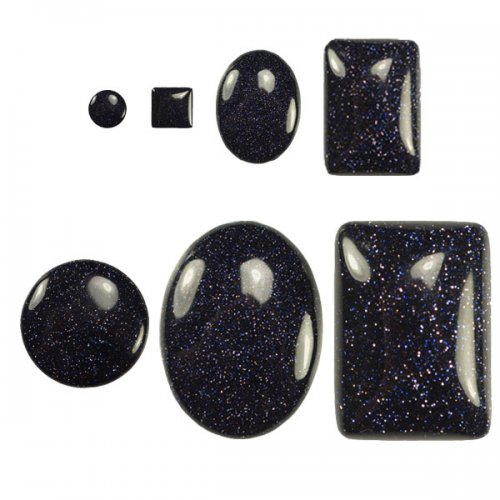 What Is a Cabochon
What Is a Cabochon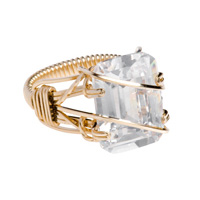 The Best Wire Temper for Rings
The Best Wire Temper for Rings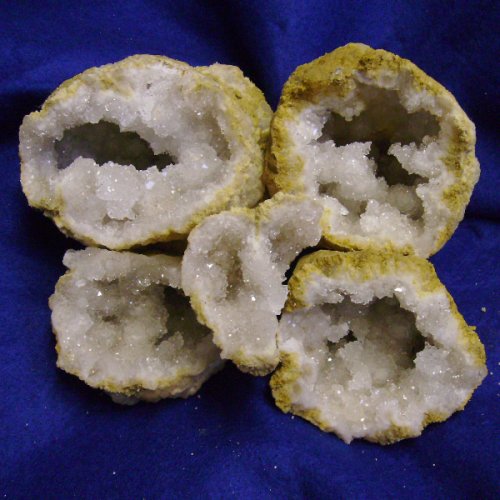 Making Wire Jewelry with Crystals
Making Wire Jewelry with Crystals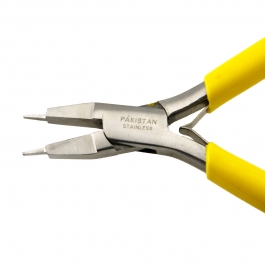 When to Use Flat Nose Prong Making Pliers
When to Use Flat Nose Prong Making Pliers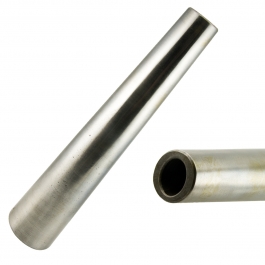 Measuring for a Bracelet
Measuring for a Bracelet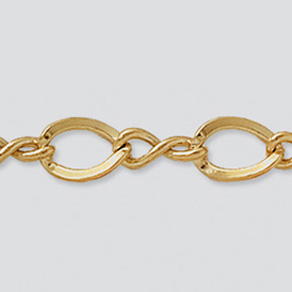 What Chain Sizes Are Best
What Chain Sizes Are Best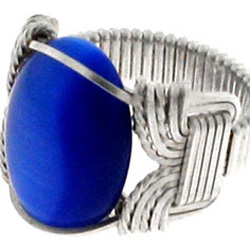 Pharaoh Ring Wires
Pharaoh Ring Wires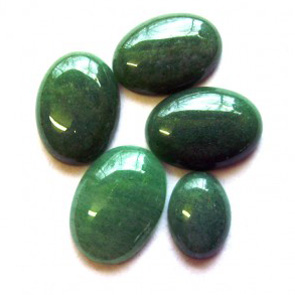 How to Wrap a Broken Cabochon
How to Wrap a Broken Cabochon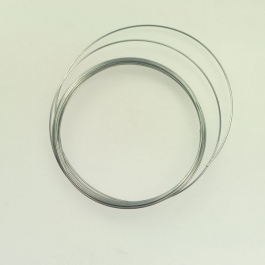 How Do You Use Memory Wire
How Do You Use Memory Wire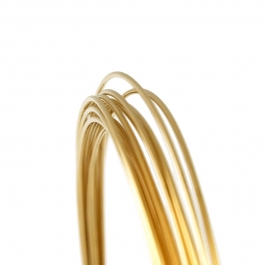 Organizing Jewelry Wire
Organizing Jewelry Wire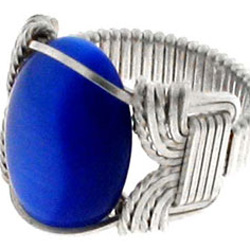 Starting Position of Wrap for Ring Shanks
Starting Position of Wrap for Ring Shanks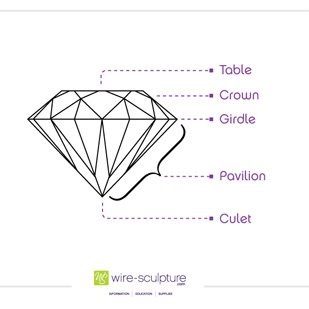 Faceted Gemstone Terms
Faceted Gemstone Terms What is the Average Size for Bracelets
What is the Average Size for Bracelets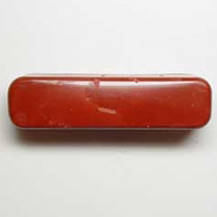 Red Rouge
Red Rouge Rosary Links and Wire Temper
Rosary Links and Wire Temper Jewelers' Saws and Jump Rings
Jewelers' Saws and Jump Rings Wrapping Cabochons
Wrapping Cabochons What is Rolled Gold Wire
What is Rolled Gold Wire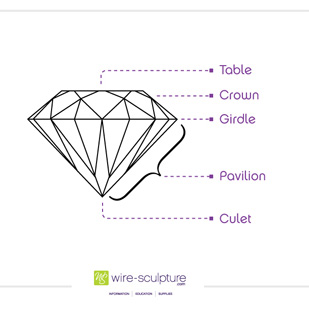 Traditional Gemstone Pendant Wrapping
Traditional Gemstone Pendant Wrapping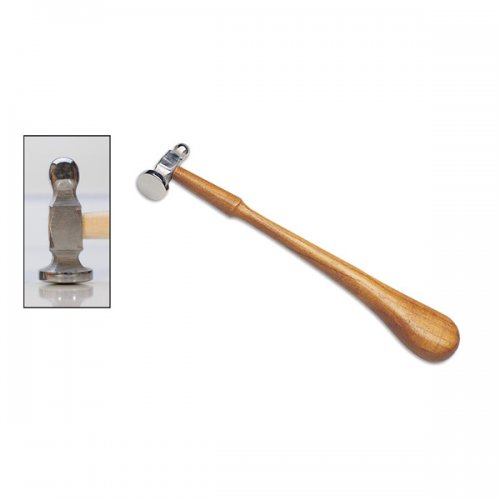 Flattening Wire with Hammers
Flattening Wire with Hammers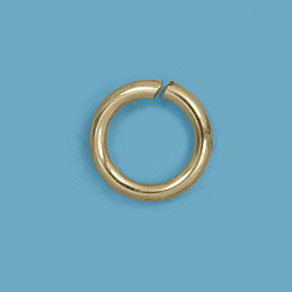 Foolproof Jump Ring Closures
Foolproof Jump Ring Closures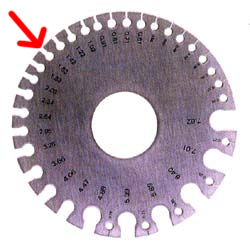 How to Use a Wire Gauge
How to Use a Wire Gauge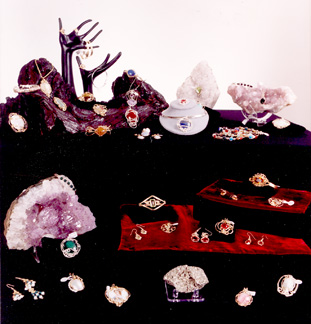 Jazz up Your Jewelry
Jazz up Your Jewelry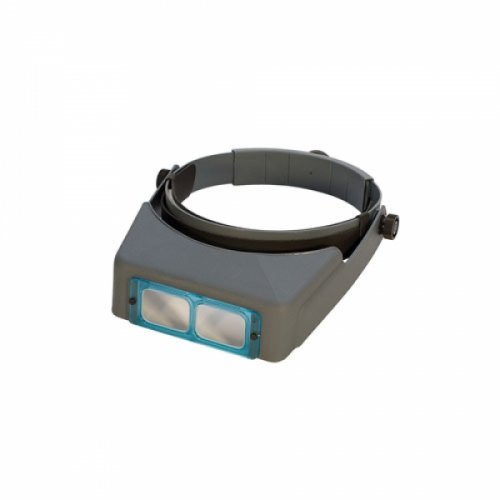 Optivisor Distance and Magnification
Optivisor Distance and Magnification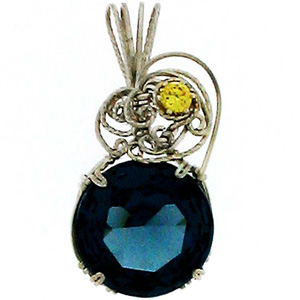 Photographing Your Wire Jewelry
Photographing Your Wire Jewelry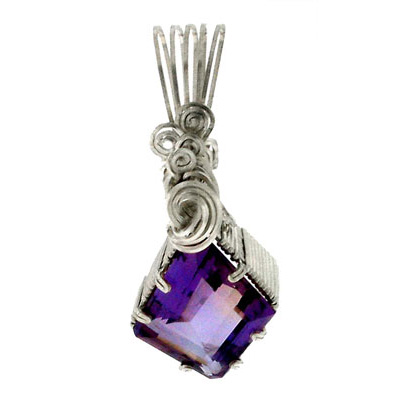 Prong-Setting Ideas for a Cut Stone
Prong-Setting Ideas for a Cut Stone Sterling Silver and Fresh Water Pearls
Sterling Silver and Fresh Water Pearls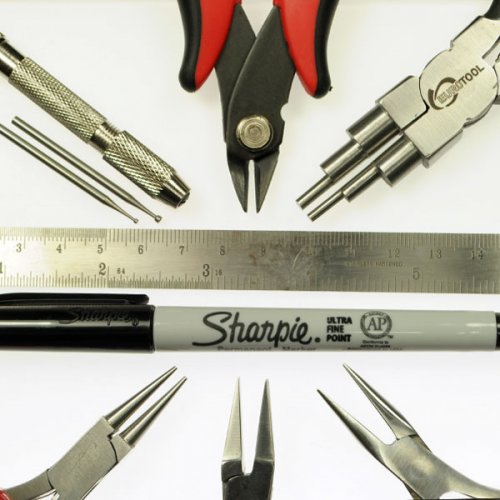 Ultimate Jewelry Tool Shopping List
Ultimate Jewelry Tool Shopping List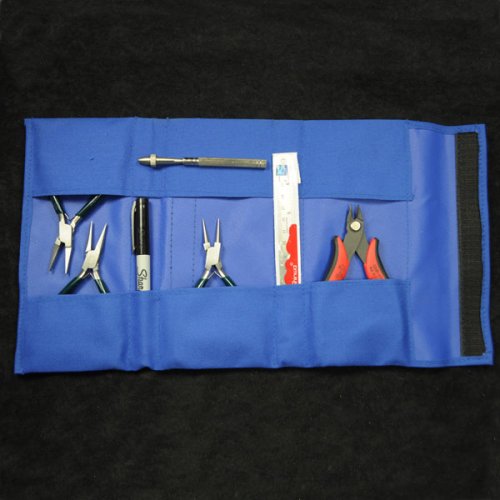 Wire Jewelry Tool Care
Wire Jewelry Tool Care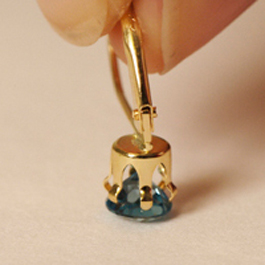 How to Set Stones into Earring Snapsets
How to Set Stones into Earring Snapsets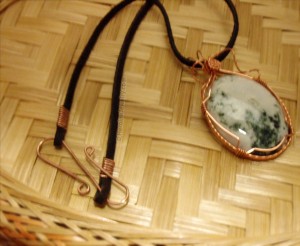 Make a Finished Ribbon Necklace
Make a Finished Ribbon Necklace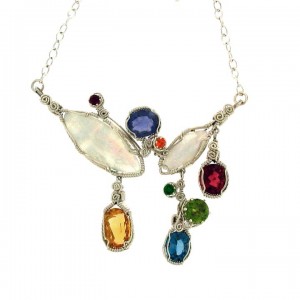 Sell or Display Valued Stones
Sell or Display Valued Stones Cleaning Sterling with Baking Soda
Cleaning Sterling with Baking Soda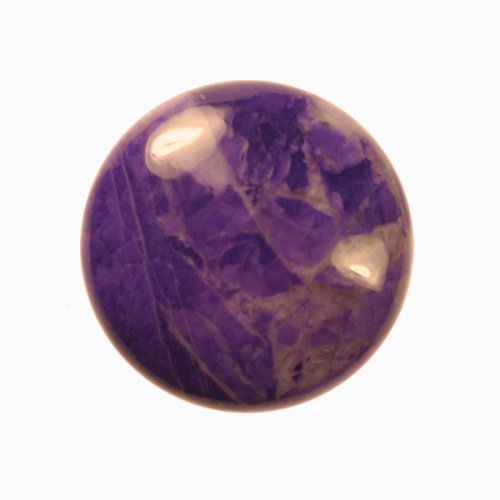 Purple Turquoise and Turquoise Facts
Purple Turquoise and Turquoise Facts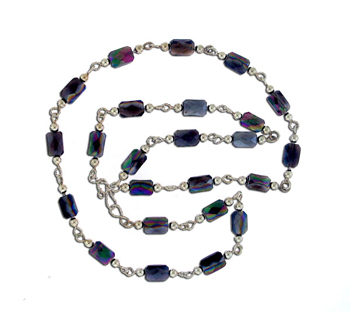 Irradiated Quartz Necklace
Irradiated Quartz Necklace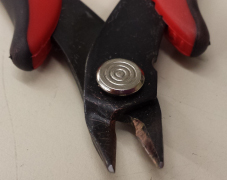 Removing Rust Without Damaging Tools
Removing Rust Without Damaging Tools
